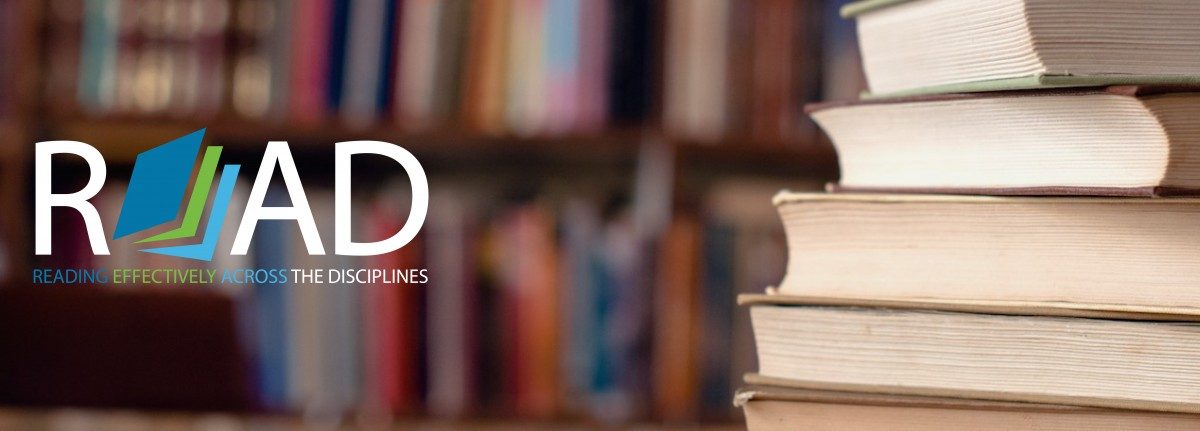[Brief Description]
Category Archives: Research and Resources
Readability Formulas
“Our Automatic Readability Checker takes a sample of your writing and calculates the number of sentences, words, syllables, and characters in your sample. Our program takes the output of these numbers and plugs them into seven popular readability formulas. These readability formulas (see below) will let you know the reading level and grade level of your text and help you determine if your audience can read your writing.”
Reading Strategies in the Classroom
PowerPoint presentation from the READ and WAC workshop.
READ: A Strategy to Improve Student Success
“Reading Effectively Across the Disciplines (READ): A Strategy to Improve Student Success” by Juanita C. But, Pamela Brown, Davida S. Smyth
“This paper describes the structure and activities of READ (Reading Effectively Across the Disciplines), a pilot initiative to improve students’ critical reading skills, disciplinary literacy and academic success.”
International Literacy Association
“The International Literacy Association (ILA) is a global advocacy and membership organization of more than 300,000 literacy educators, researchers, and experts across 78 countries. With more than 60 years of experience, ILA has set the standard for how literacy is defined, taught, and evaluated.”
Flipping the Classroom
“Flipping the Classroom” by Cynthia J. Brame
“In essence, flipping the classroom’ means that students gain first exposure to new material outside of class, usually via reading or lecture videos, and then use class time to do the harder work of assimilating that knowledge, perhaps through problem-solving, discussion, or debates.”
Disciplinary Literacy
“What Is Disciplinary Literacy and Why Does it Matter?” by Timothy Shanahan and Cynthia Shanahan
Content Literacy
“Content literacy: A definition and implications” by Michael C. McKenna and Richard D. Robinson
Academic Word List
A list of 570 useful word families along with definitions.



